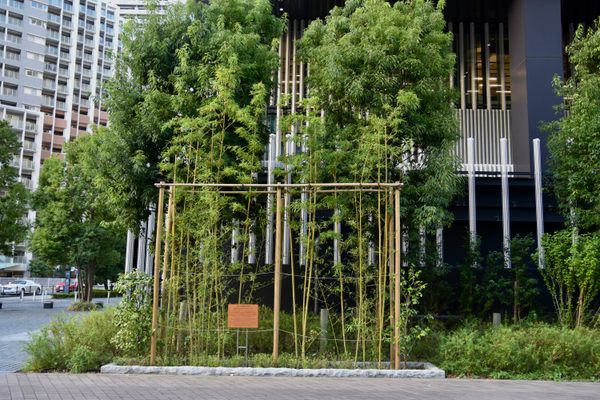Thomas Edison is commonly credited as the inventor of the incandescent lightbulb, if somewhat controversially. Historians would agree that several scientists had invented working lightbulbs prior to him, and that Edison merely improved the functionality and reliability, getting his version patented. In school, Japanese children are often taught what a great figure he was, his quote “Genius is one percent inspiration and 99 percent perspiration” popularly used to inspire them.
What they are seldom taught, however, is that the Japanese bamboo contributed greatly in Edison’s “invention” of the so-called electric-lamp.
Before Edison, the filament that Joseph Swann invented was made of carbon and could only last for a minute. To improve this, Edison experimented with numerous materials until he came across the Chinese bamboo, which made the filament last for 200 hours. He went on to seek the best of bamboos, collecting specimens from across the globe, eventually settling on the Japanese bamboo found in Iwashimizu-Hachimangu Shrine in Kyoto. It held a record of over 1,200 hours.
Meanwhile in Japan, the Hakunetsu-sha Company (today known as Toshiba) succeeded in creating a functional incandescent lightbulb using the exact same sort of bamboo. This was in 1890, eleven years after Edison’s “invention.” In 1976, the Toshiba Science Museum was gifted a specimen of the “Edison Bamboo” by Iwashimizu-Hachimangu Shrine. It now stands in front of the museum, a typically overlooked public exhibit.


